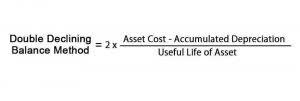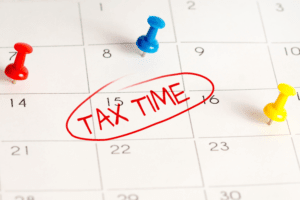
It indicates whether a company is generating enough profit to support its operations and expansion without relying solely on external financing. Retained earnings refer to the historical profits earned by a company, minus any dividends it paid in the past. To get a better understanding of what retained earnings can tell you, the following options broadly cover all possible uses that a company can make of its surplus money. For instance, the first option trial balance leads to the earnings money going out of the books and accounts of the business forever because dividend payments are irreversible. A company can use its balance sheet to craft internal decisions, although the information presented is usually not as helpful as an income statement. A company may look at its balance sheet to measure risk, make sure it has enough cash on hand, and evaluate how it wants to raise more capital (through debt or equity).
Understanding Dividends
For the past 52 years, Harold Averkamp (CPA, MBA) hasworked as an accounting supervisor, manager, consultant, university instructor, and innovator in teaching accounting online. For the past 52 years, Harold Averkamp (CPA, MBA) has worked as an accounting supervisor, manager, consultant, university instructor, and innovator in teaching accounting online.
Impact of profitability and net income
This balance sheet compares its financial position as of September 2024 to that of the previous year. Regardless of the size of a company or industry in which it operates, there are many benefits to reading, analyzing, and understanding its balance sheet. A liability is any money that a company owes to outside parties, from bills it has to pay to suppliers to interest on bonds issued to creditors to rent, utilities, and salaries. Current liabilities are due within one year and are listed in order of their due date. Long-term liabilities, on the other hand, are due at any point after one year. To better explain the retained earnings calculation, we’ll use a realistic retained earnings example.
- It also shows that for every $1 of assets, a $0.225 accumulated profit has occurred.
- An increase or decrease in revenue affects retained earnings because it impacts profits or net income.
- This is often seen as a positive sign by lenders and investors, as it suggests the company is less reliant on debt financing.
- It’s the amount that would remain if the company liquidated all its assets and paid off all its debts.
- Before discussing where retained earnings fall on the balance sheet, it is crucial to understand what they are.
- Finally, the closing balance of the schedule links to the balance sheet.
What Are Retained Earnings on a Balance Sheet?

The dividend payout ratio measures the percentage of net income paid out as dividends to shareholders. Outsource Invoicing Companies with high retained earnings typically have lower dividend payout ratios, as more profits are retained for reinvestment. This approach is common among growing companies that prioritize expansion over immediate shareholder returns. When a company has positive retained earnings, it shows that the business has historically been profitable and has chosen to reinvest those profits. This reinvestment supports the company’s ability to grow and compete in the market. Conversely, negative retained earnings, often called an accumulated deficit, indicate that a company has incurred losses over time or paid out more in dividends than it earned.

- Companies with large cash outflows that distribute a large portion of their earnings to keep shareholders happy leave less for the company’s growth.
- A brief review of Apple’s assets shows that their cash on hand decreased slightly, yet their non-current assets increased.
- Lower retained earnings can indicate that a company is more mature, and has limited opportunities for further growth, but this isn’t necessarily a negative.
- It allows analysts and accountants to see the components of shareholder’s equity and how it impacts the company.
- This increases the owner’s equity and the cash available to the business by that amount.
- Still, shareholder equity alone is not a definitive indicator of a company’s well-being.
Retained earnings are a fluctuating figure that depends on the performance of a company. Specifically, if a company loses money, retained earnings on balance sheet its retained earnings will understandably go down. Moreover, if a company opts to pay dividends, the retained earnings also increase. Knowledge about the dynamics and details of retained earnings can be a powerful tool for strategic decision-making. But, like most components of financial statements, you shouldn’t analyze retained earnings on their own. They’re a piece of a larger financial puzzle that provides a comprehensive picture of your company’s financial well-being.

Management and Retained Earnings

After these earlier calculations are complete, you have your ending retained earnings. This is the number that will go on the balance sheet for the current period. This number will also serve as your beginning figure for the next period’s balance sheet. Retained earnings are the funds that the company has decided to keep for its own purposes. Like revenue accounts, expense accounts are temporary accounts that collect data for one accounting period and are reset to zero at the beginning of the next accounting period.